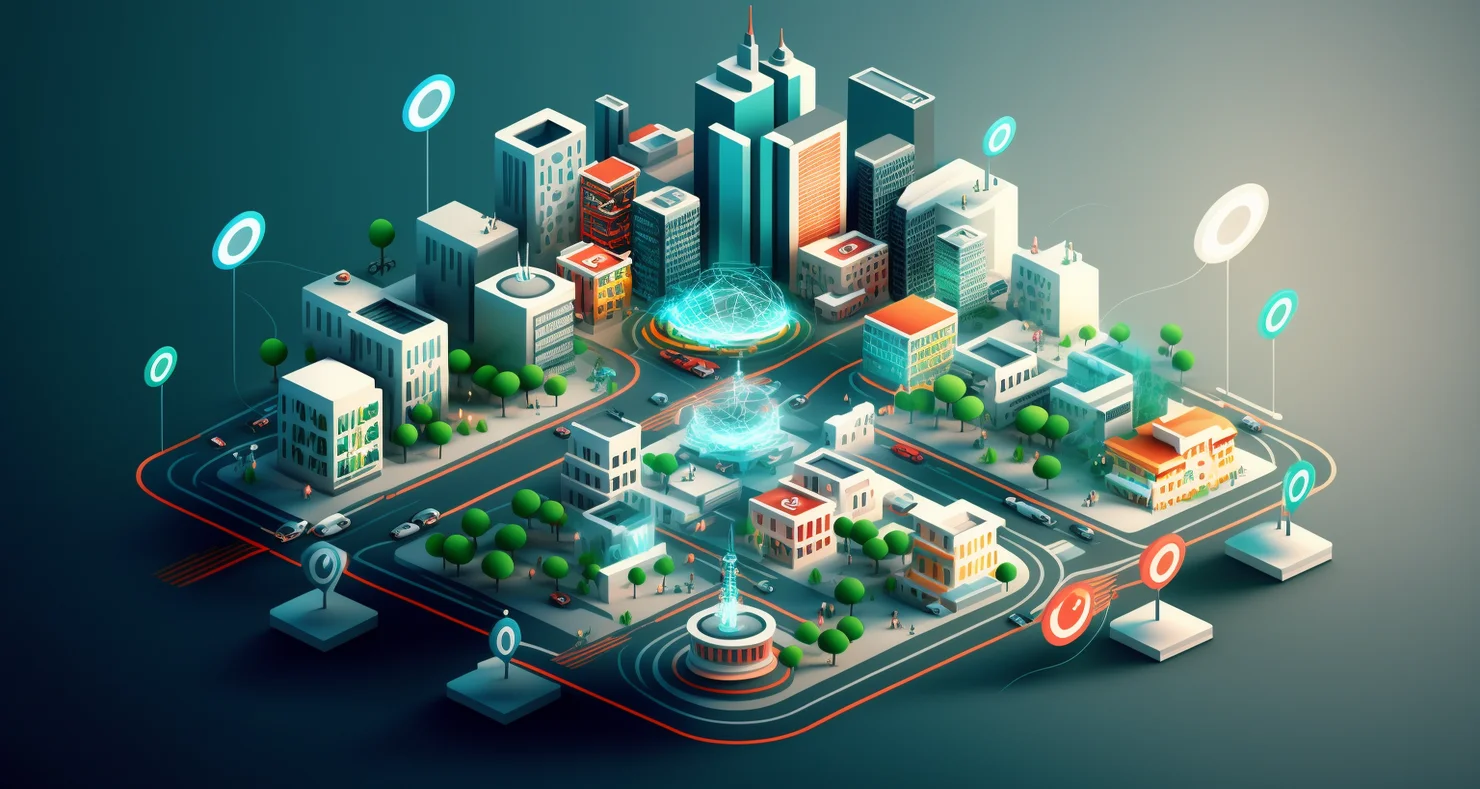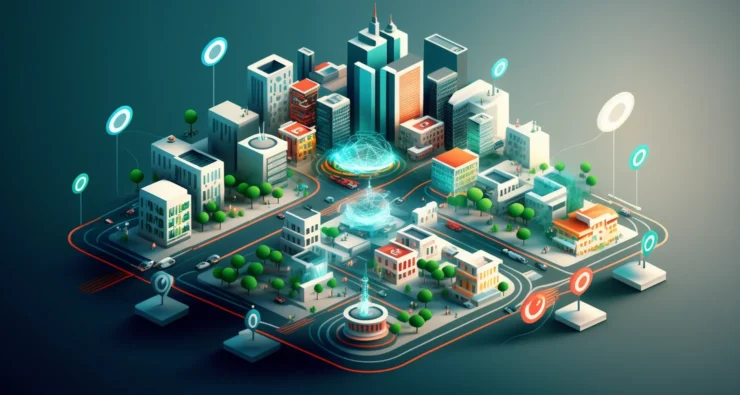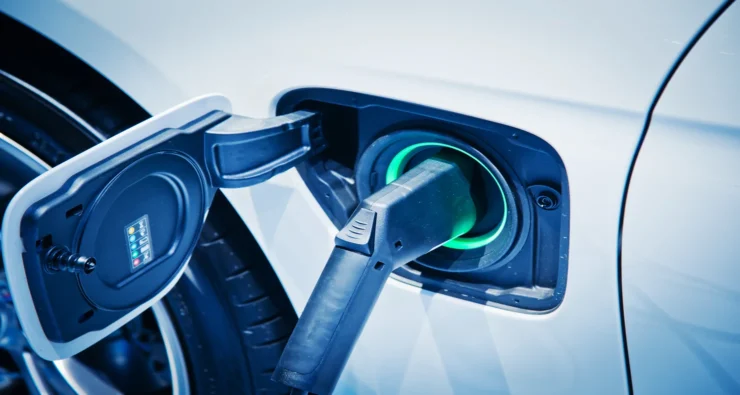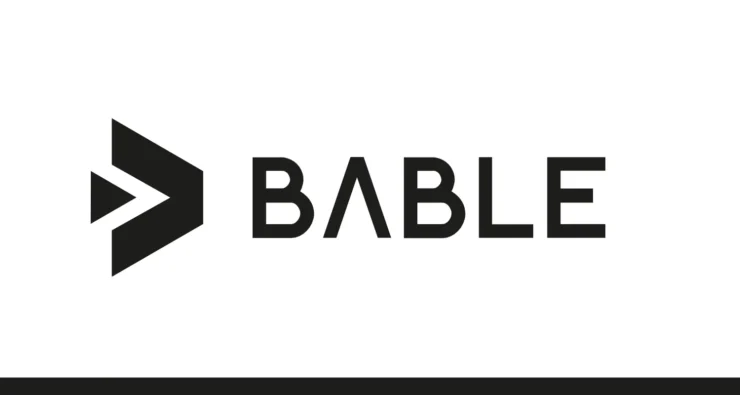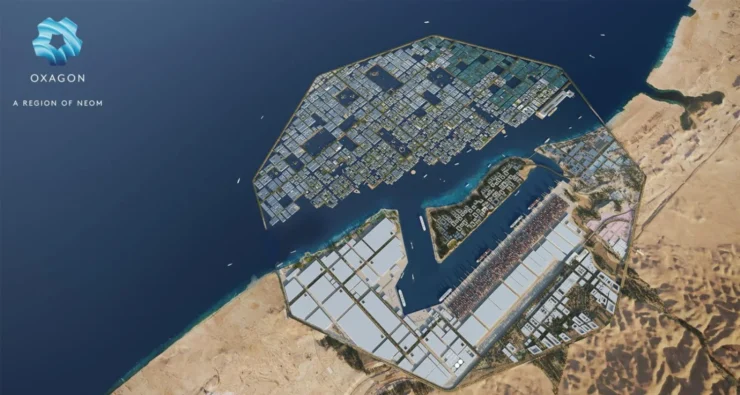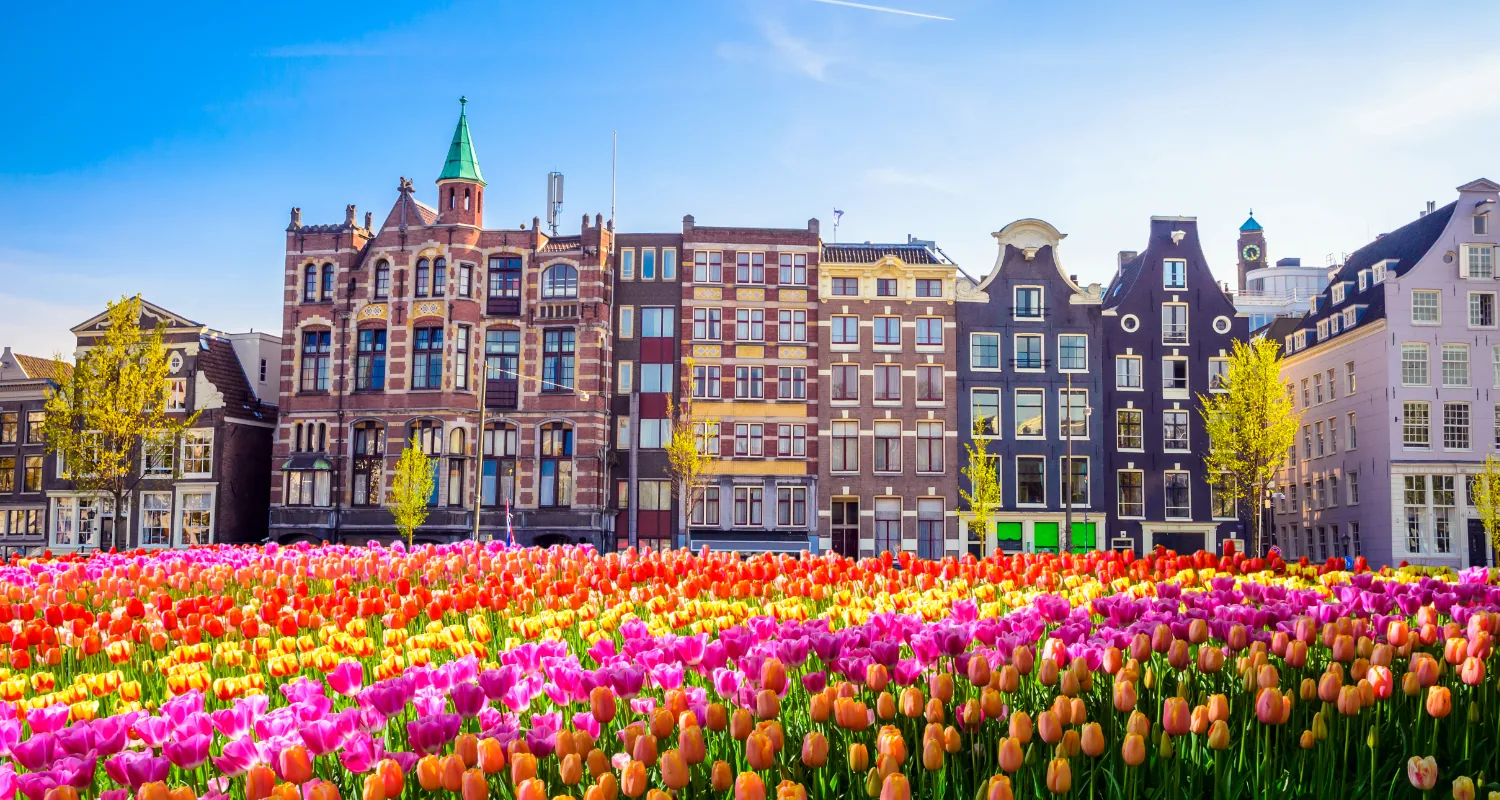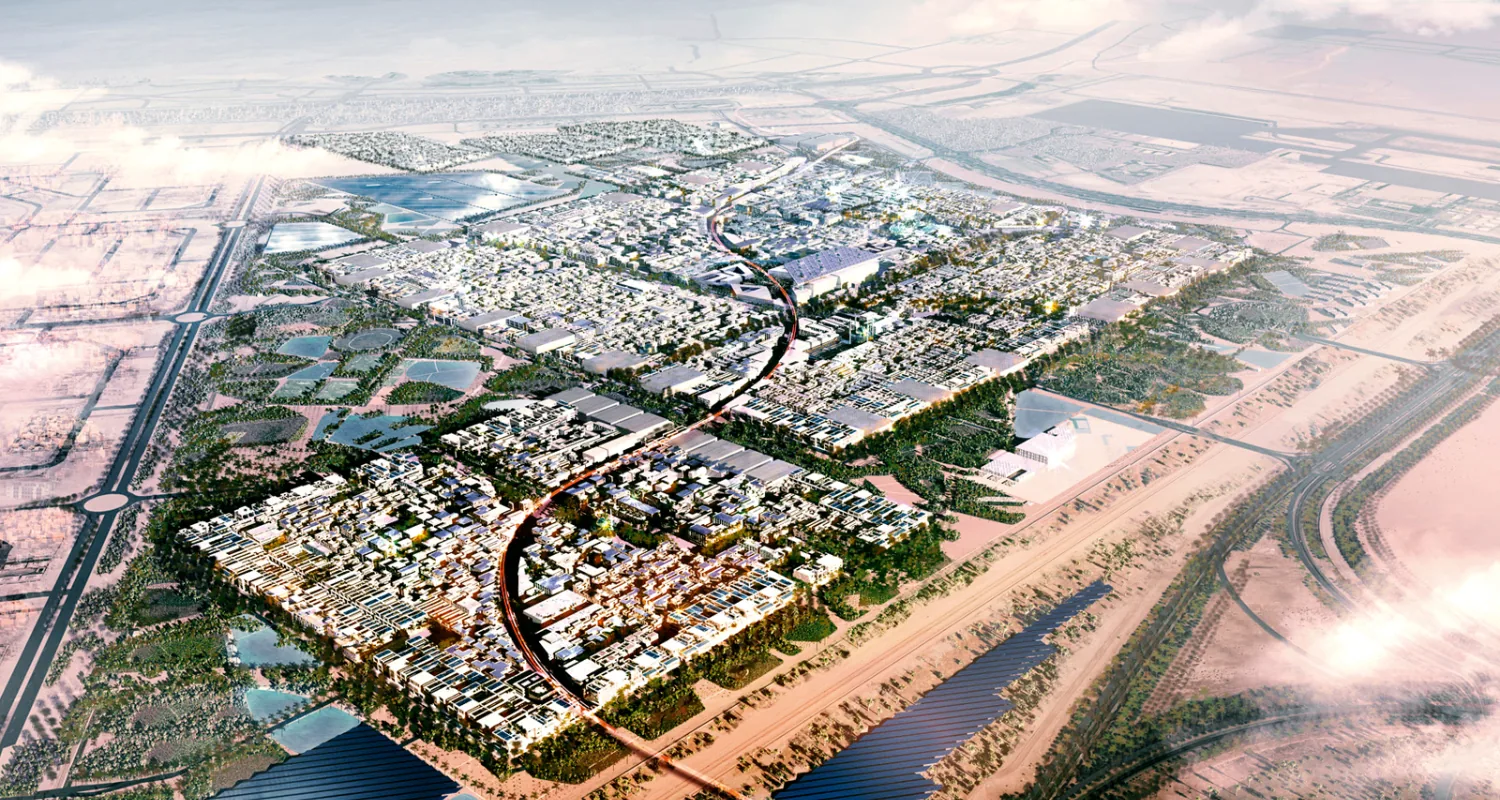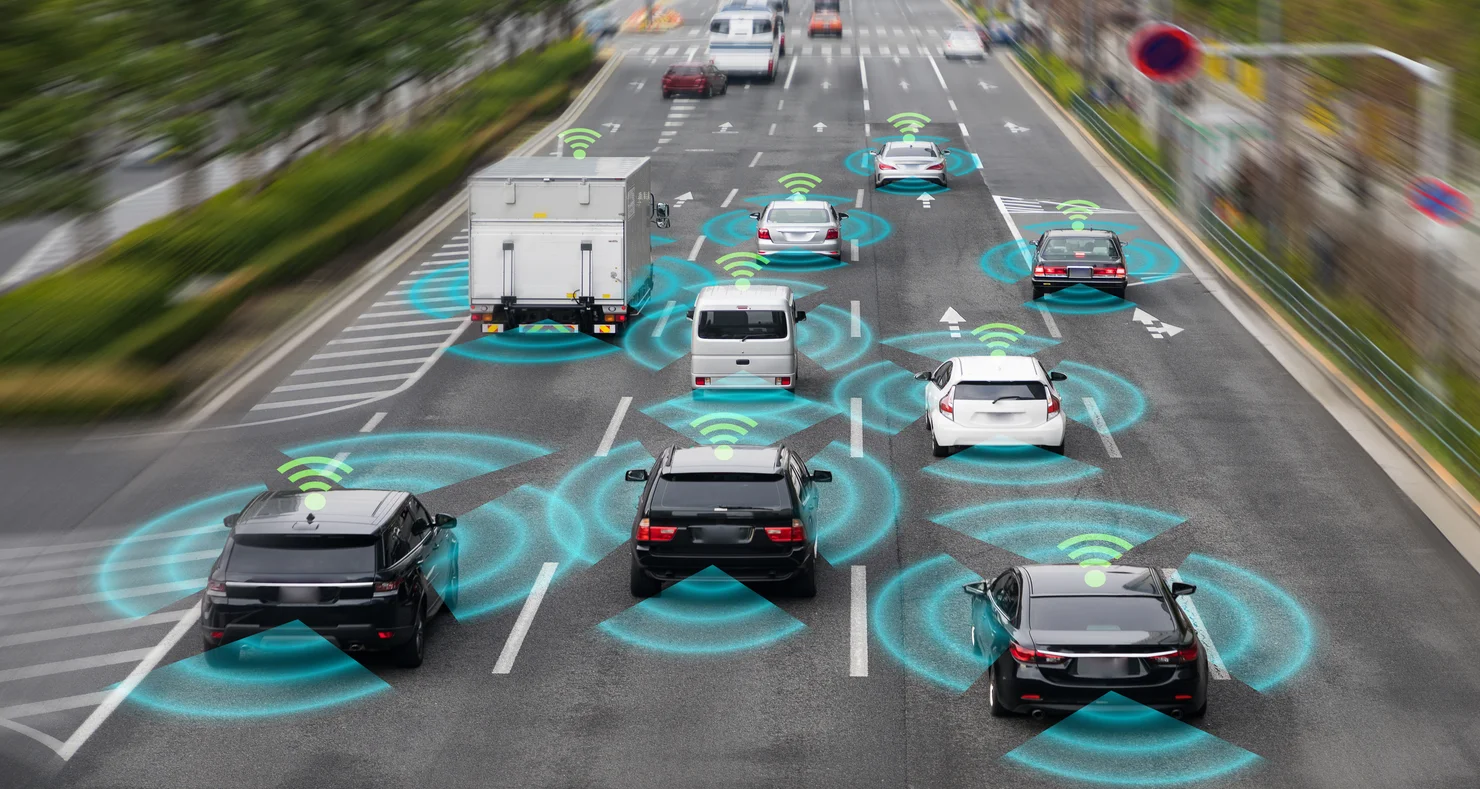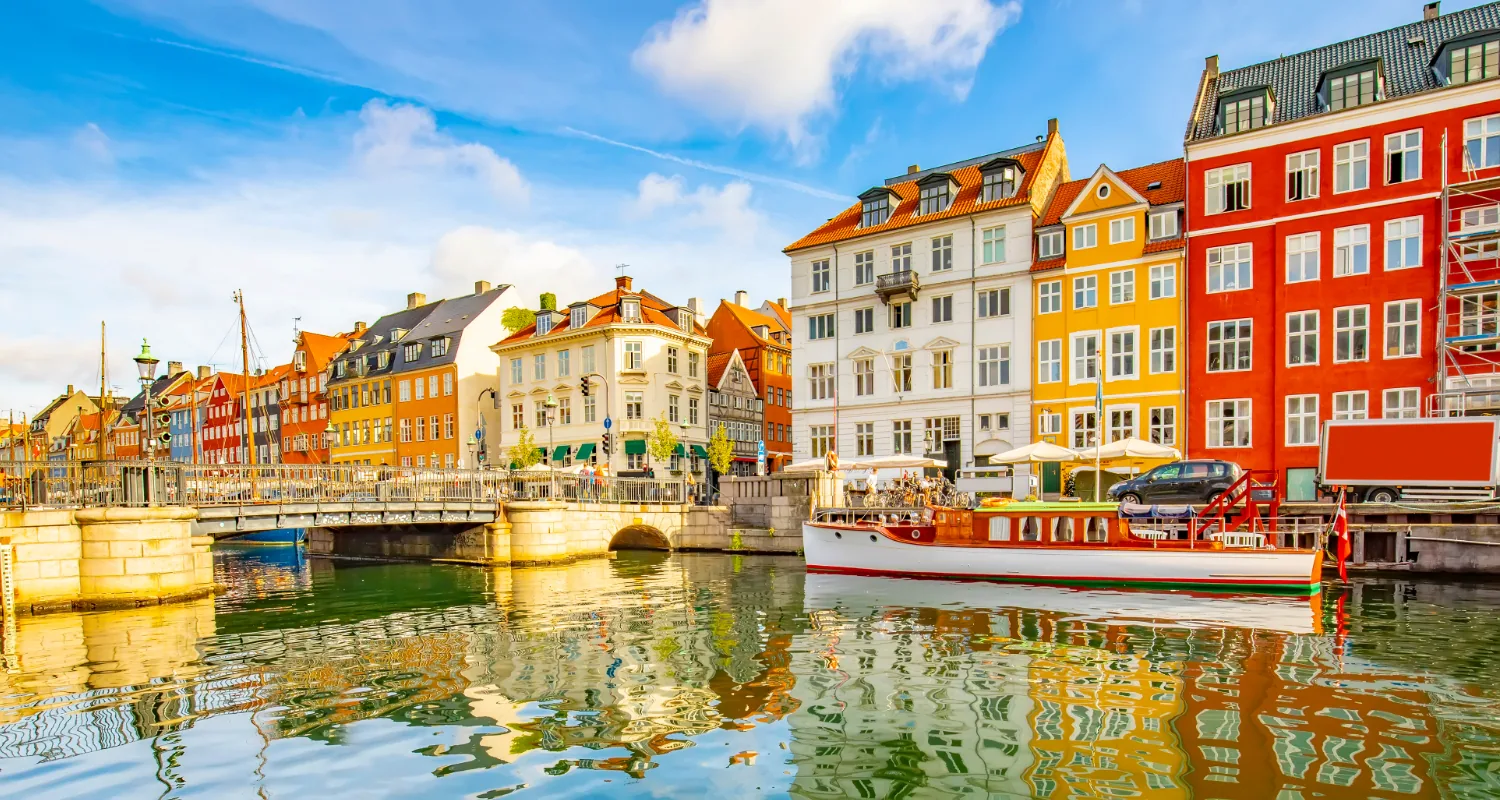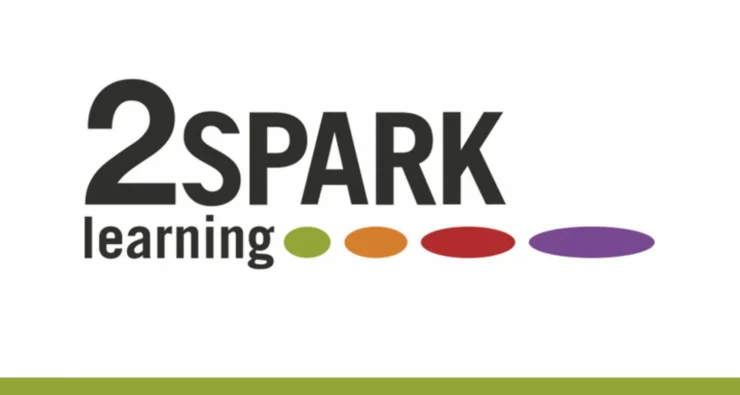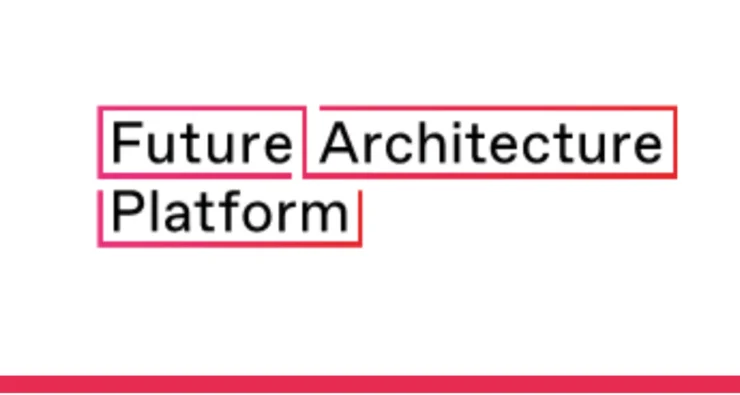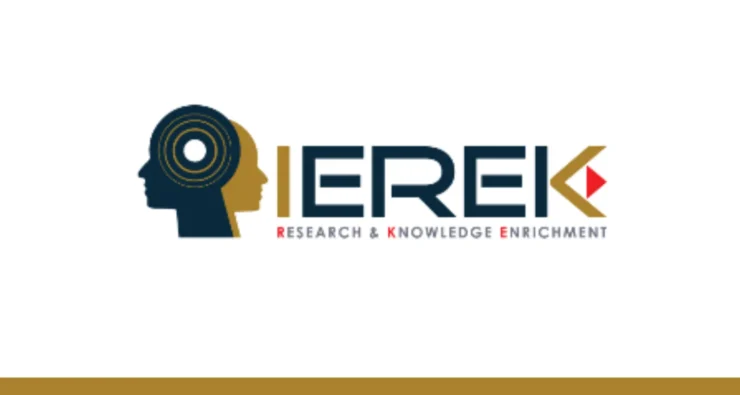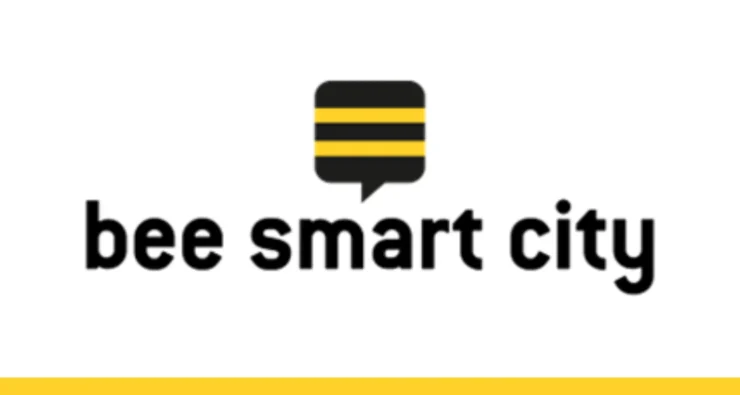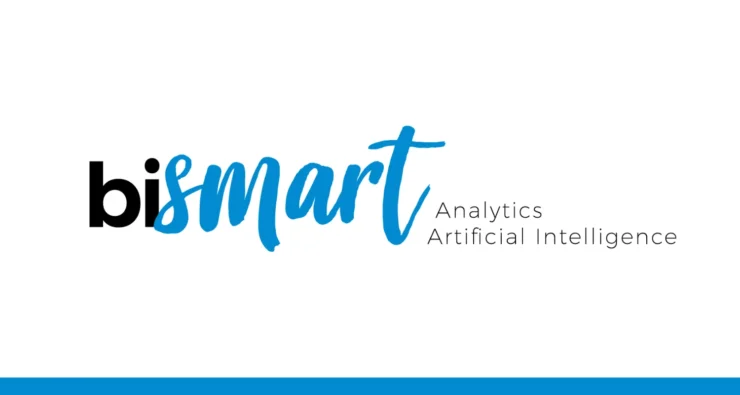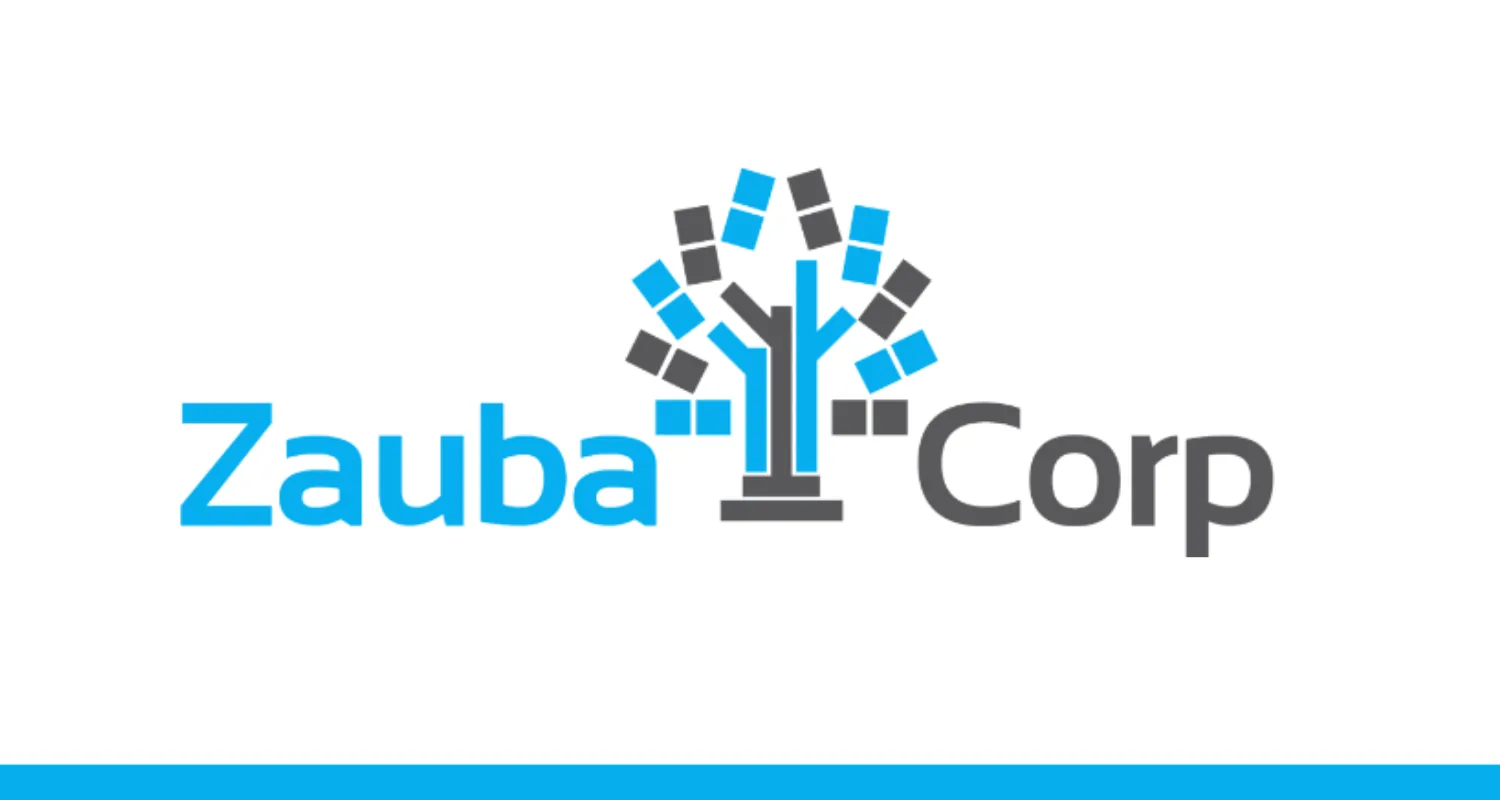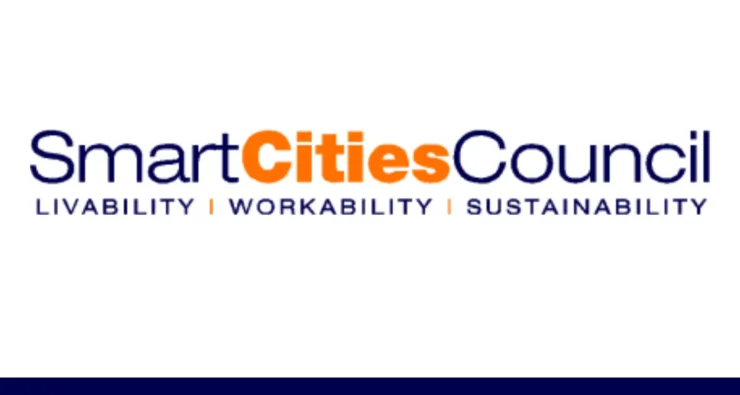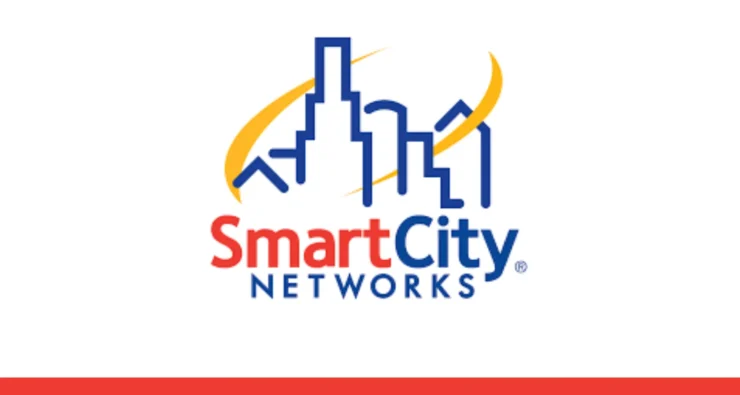Discover the key characteristics of Smart City 6.0, including sustainability, innovation, and data-driven decision-making. Learn how these concepts can transform cities and create a more livable and resilient future for urban communities.
SMART CITIES
What the city of the future will be like: 7 key trends
The acceleration of life. A distinctive feature of the cities of the present (true of the settlements of the future as well) is speed and the innate desire of all living things for its …
Innovative Technologies: Smart Transportation; IoT Technology; Renewable Energy; Smart Water Management…
9 world-changing innovations from San Francisco
Top 9 innovative technologies of 2023 from San Francisco that will change our future
Smart City San Francisco
These are just a few examples, but there are many other innovative technologies and initiatives being implemented in San Francisco as well.
Smart City Philadelphia
These are just a few examples, but there are many other innovative technologies and initiatives being implemented in Philadelphia as well.
Smart City Kansas
These are just a few examples, but there are many other innovative technologies and initiatives being implemented in Kansas as well.
Discover the latest technology and initiatives driving the development of Tokyo as a smart city, from transportation to energy efficiency and more.
Human composting reduce the carbon footprint
When Rachel Gerbending, a former avid gardener, found out that dead people could be composted
Smart Budapest
the smart city vision of Budapest”, a roadmap to help Budapest become a smart city. It is not simply a singular strategic document
SmartPass
Launching the ID card on a university campus – SmartPass Goals Facilitate the use of university services for students and faculty Project The ID card serves as a key for classrooms, labs and other facilities, a library card, and can also be used to pay for services such as transportation, parking, stores, canteens and restaurants. […]
Smart City Challenge
Goals Involving residents in Toronto’s development Project The Government of Canada is launching a national competition for municipalities to work with residents to find new ways to use data, sensors, and other technologies to improve the lives of their citizens. Residents can submit their suggestions through the city’s website or in hard copy through any […]
Climate Action Challenge
Finding innovative charging solutions for an electric vehicle. Goals Test and implement breakthrough electric vehicle charging technologies Project The New York City administration has launched a competition in two technology areas: New Technologies for Fast Charging and Smart Chargers for Electric Vehicles Examples: pavement powering electric vehicles, wireless (induction) charging, >350 kW charging. *** Electric […]
Online platform for Smart projects
Circle lab – Online platform for joint implementation of Smart projects Goals To promote the circular economy model and the creation of new projects in this field Project An online platform for cities, businesses, and citizens to explore and implementation of circular economy models and strategies to solve global and local challenges. The platform develops […]
Technology Leadership Advisory Council
Goals To help find solutions to the city’s most pressing problems. Facilitate communication between startups Project The NYCx program created the Technology Leadership Advisory Council, comprised of 22 leaders from leading tech companies. For example, the co-founder of LinkedIn, the CTO of Microso, and the CEOs of IBM and Google. The council will help assess […]
Virtual power plant
The solution will use the stable EWDai coin on the Ethereum network.
Tracking the legitimacy of products delivery
Tracking the legitimacy of products delivery Description: World Wildlife Fund (WWF) Australia has partnered with BCG Ventures to launch OpenSC’s blockchain platform to help food businesses eliminate illegal, environmentally harmful, or unethical origins products from their supply chains. The platform uses the system of scanning QR codes. After scanning the user can get information about […]
Precipitation maps using machine learning
Machine learning improves rainfall mapping, water plans
Monitoring customers emotions
A three-fold increase in efficiency when dealing with customer opinions.
Football League video via 5G and AR
The technology reduces the risk of coronavirus spread at sporting events by enhancing the ability to view the event remotely.
Wireless digital content for cinemas
Wireless digital content delivery for theaters and distributors Description: Telecommunications company Telstra and distribution technology company Silver Trak Digital have launched a service to deliver digital content to movie theaters via 5G – Cinema Direct. The service is supported by Telstra’s network infrastructure. Content can be ordered through the Silver Trak portal. Cinemas receive digital […]
Autonomous shuttle bus 5G
The use of technology can reduce vehicle waiting times, and improve safety on the roads, including eliminating blind spots.
Monitoring the occupancy of recycling bins
Telefonica Tech a recycling bins project in San Boi de Llobregat, Barcelona
Bable Smart Cities
Bable provides a smart and connected platform that gives cities and companies unique information for facilitating change.
Saudi Arabia plans to build a giant floating city
Saudi Arabia wants to give Dubai a run for its money. In fact, the country has plans to build a futuristic floating city called Oxagon
2018, Dubai, UAE
Dubai is a regional, vibrant economic hub with strategically competitive sectors such as tourism, trade and logistics, real estate…
2017, Hamburg, Germany
Economically and culturally, Hamburg is one of Europe’s most liveable and economically strongest cities. Therefore, Hamburg is undertaking..
2014, USA Committee
Equitable City is committed to inclusive, fair, and just planning, policy development, and community outreach and engagement…
2014, Delhi, India
Indian cabinet green-lit a £10 billion scheme that will be divided equally between building 100 smart cities and rejuvenating another…
2011, Amsterdam, Netherlands
Amsterdam’s development as a smart city contributes to ambitious climate goals through technology-enabled sustainable solutions…
2010, Manhattan, USA
The Manhattan Harbour Project in tiny Dayton, Kentucky, is set to transform this river city. Manhattan Harbour’s concept began…
2009, Seoul Upgrade, South Korea
Beyond its dominant status as the best global e-government globally for seven consecutive years, Seoul is now leaping forward as a leading
2008, New Songdo, South Korea
Songdo is considered an extension of Incheon, a large international transportation hub that allows the city to be easily accessible
2008, Osaka, Japan
Osaka has prospered as a gateway from other countries with foreign trades and diplomatic relations since ancient times.
2008, Masdar, Abu Dhabi
Many global cities are fast developing into resource-starved ecosystems, inefficient, unmanageable, and unsustainable…
2007, Tianjin, China
Following earlier cooperation between China and Singapore on the Suzhou Industrial Park in China while benefiting from Singapore’s…
2007, Malta
Here in Malta, IBM is building the world’s first smart grid to govern electricity and water. It will also make environmental measures…
2005, Dongtan, China
With the rapid urbanization in China, the country faces significant challenges in sustainable urban development and actively explores…
2004, New York, USA
Geotechnologies and geospatial analysis are used to solve problems and improve conditions, using New York City as a “living laboratory.”
2004, Taipei, Tchaj-wan
To pursue the long-term goal of becoming one of the most leading smart cities globally, a smart city wheel and its 62 indicators are used…
2004, Brisbain, Australia
Australian Government business portal as a whole-of-government website provides essential information on planning, starting, and growing…
2003, Trikala, Greece
The definition of telecare has changed over time as new technology has shaped the face of modern telemedicine. The basic definition…
2002, Stockholm, Sweden
One growing example is the use of remote monitoring centers to provide assistance to the elderly, monitoring for any warning signs…
2001, Blacksburg, Virginia, USA
A geographic information system (GIS) is a system that creates, manages, analyzes, and maps all types of data. GIS connects data to a map
2000, Barcelona, Spain
Since the Catalan Law on Transparency, Access to Public Information, and Good Governance was passed towards the end of 2014, citizens
2000, Hull, United Kingdom
A geographic information system (GIS) is a computer system for capturing, storing, checking, and displaying data related to positions…
2000, Cape Town, South Africa
Intelligent Transportation Systems (ITS) is a combination of leading-edge information and communication technologies used in transportation..
1999, Smart Dubai, United Arabian Emirates
Smart Dubai aims to introduce strategic initiatives and develop partnerships to contribute to its Smart Economy, Smart Living, Smart Gov…
1998, Global Knowledge-based cities projects
The smart and sustainable cities concept has become a globally hot topic during the last few decades, particularly following the catastrophic
1997, AOL global digitalization projects
Digital cities are being developed all over the world. Digital cities integrate urban information (both achievable and real-time ) and…
1997, Amsterdam, Netherlands
Urban public spaces are needed to sustain the productivity of cities, their social cohesion and inclusion, their civic identity, and…
1997, Seoul, South Korea
More than anything else, the voluntary participation of Seoul citizens and the combination of new attempts and creative challenges utilizing..
1996, Kyoto, Japan
Crowdsourcing involves obtaining work, information, or opinions from a large group of people who submit their data via the Internet…
1995, Helsinki, Finland
It’s preferable to see Smart Cities in this approach, with the use of technologies facilitating the interaction between different utilities..
Blue Gate Antwerp, Belgium
Antwerp is the second largest port in Europe and the 5th largest worldwide. It, therefore, plays an important economic role not just in..
1994, Craigmillar, Scotland
Based on the Knowledge Bases approach and development of the Craigmillar Community Information Service, Craigmillar (Edinburgh, Scotland)..
1989, Geneva, Switzerland
The Smart City concept is still evolving, and there is not yet a commonly accepted worldwide definition. Still, it is pretty clear that..
1989, Copenhagen, Denmark
With the deployment of intelligent solutions in their city for the past 30 years, Copenhagen is quickly becoming a leader in smart city…
2SPARK
2Spark is an app using a powerful predictive algorithm to engage all your staff in Smart Cities transformation projects.
Smart City development road
First, the implementation of this concept unambiguously improves the quality of life of the population of the region, or…
Smart Cities Connect
Smart Cities Connect is where the smart cities community meets. We provide meaningful content and connect a thoughtful community…
Future City
Details on whether some elements of the competition will be taking place in person this season will be announced later in the year.
Future Architecture
The Future Architecture platform is a well-balanced ecosystem of European cultural players in architecture who perform specific roles…
State of Green
The state of Green is a not-for-profit, public-private partnership from Denmark. We foster relations with international stakeholders…
IEREK
International Experts for Research Enrichment and Knowledge Exchange. An international institution is concerned with knowledge exchange.
Telesoftas
From ideation and prototyping to the development and deployment of a complete solution specialised on Smart Cities solutions.
Bee Smart City
Services for Cities and Communities, Solution Providers, Event Organizers, and Real Estate Companies to accelerate cities transformation.
Bismart
Bismart ensures data quality, process efficiency, simplicity, and clarity of the user interface based on a correct understanding of goals.
Zauba Corp
Zauba Corp is India’s leading provider of commercial information and insight on businesses – your sole resource for critical information.
Smart Cities Dive
The newsletters and website cover transportation, building & infrastructure, governance, tech & data, and more.
Smart city projects are all the rage now, but creating an intelligent city requires much more than installing new technology.
Smart Cities Council
Smart Cities Council envision a world where digital technology and intelligent design. Sustainable high-quality living and high-quality jobs.
Smart City Networks
Innovation. Leading Edge Technology. Best in Class Customer Service. Dedicated On-Site Sales & Support Teams.
Reference model by smart cities association
Digital Vision is a key factor for each country to implement smart cities,” says the Smart Cities Association representative.
The “Smart City Concept”: What Is It All About?
Big building blocks of the smart city concept are wireless sensor networks, smart metering, open platforms, high speed…

